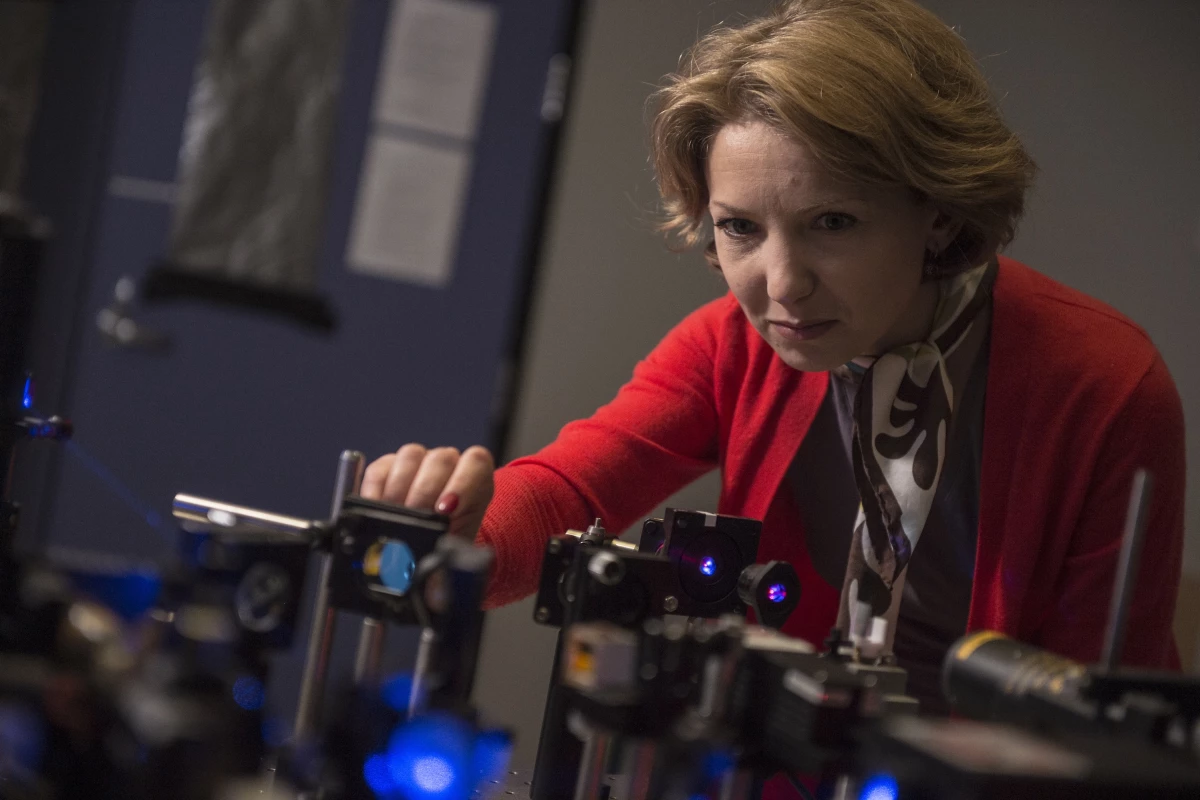U.S. scientists are developing a technique that will target and kill cancer cells while simultaneously treating others in the same sample. Centered on fine-tuning the use of cancer destroying nanobubbles, the research holds promise for treating cancer patients in a way that’s far more targeted than chemotherapy.
The research by scientists at Rice University, Baylor College of Medicine (BCM), Texas Children’s Hospital and MD Anderson expands on the work already undertaken by Rice biochemist Dmitri Lapotko, who has previously found ways to enable drugs to be injected directly into cancer cells through small holes created in the surface using nanobubbles.
Ten thousand times smaller than a human hair and visible only under a microscope, nanobubbles form around plasmonic gold nanoparticles that are activated by an outside source such as a laser pulse, which vaporizes a thin layer of liquid near the particles' surface and create a vapour bubble that quickly expands and collapses. These "bubbles" can be used to kill cancer cells without harming healthy cells in the vicinity.
The new research builds on the earlier work by enabling a "multitasking" process in which the nanobubbles are used to destroy unwanted cells as well as treat stricken cells by punching a hole in their wall and creating an inbound nanojet that injects drugs or genes into the other cells.
Lapotko and his team demonstrated this technique by suspending 60-nanometer-wide hollow nanoshells in model cancer cells and dying them red. Next, 60-nanometer-wide solid nanospheres were put into another batch of the same type of cells and dyed blue. All the cells were then suspended in a green fluorescent dye and hit with a laser pulse. When the green stain was washed out and the sample was examined under a microscope, it was found that the red cells had been blown to bits by the plasmonic nanobubbles, but the blue cells were left intact. However, a green stain from outside had been put into these blue cells because the nanobubbles around the solid spheres had temporarily prized the walls apart. In other words, the nanoparticles located and destroyed the cancer cells while treating other cells.

Lapotko says all this happens in a fraction of a second but in that briefest of moments, as many as 10 billion cells can be selectively processed.
“Current cell processing is often slow, expensive and labor intensive and suffers from high cell losses and poor selectivity. Ideally both elimination and transfection, the introduction of materials into cells, should be highly efficient, selective, fast and safe,” Lapotko said. “We’d like for this to be a universal platform for cell and gene therapy and for stem cell transplantation.”
Malcolm Brenner, a professor of medicine and of pediatrics at BCM and director of BCM’s Center for Cell and Gene Therapy, who collaborates with the Rice team said plasmonic bubble technology could usher in multi-tasking of cell therapy where many different things can be done to a cell population at the same time.
"For example, if I want to put something into a stem cell to make it turn into another type of cell, and at the same time kill surrounding cells that have the potential to do harm when they go back into a patient — or into another patient — these very tunable plasmonic nanobubbles have the potential to do that,” Brenner said.
The next step is to test the technology on human cells.
The team's findings are published in the American Chemical Society journal ACS Nano.
Source: Rice University









